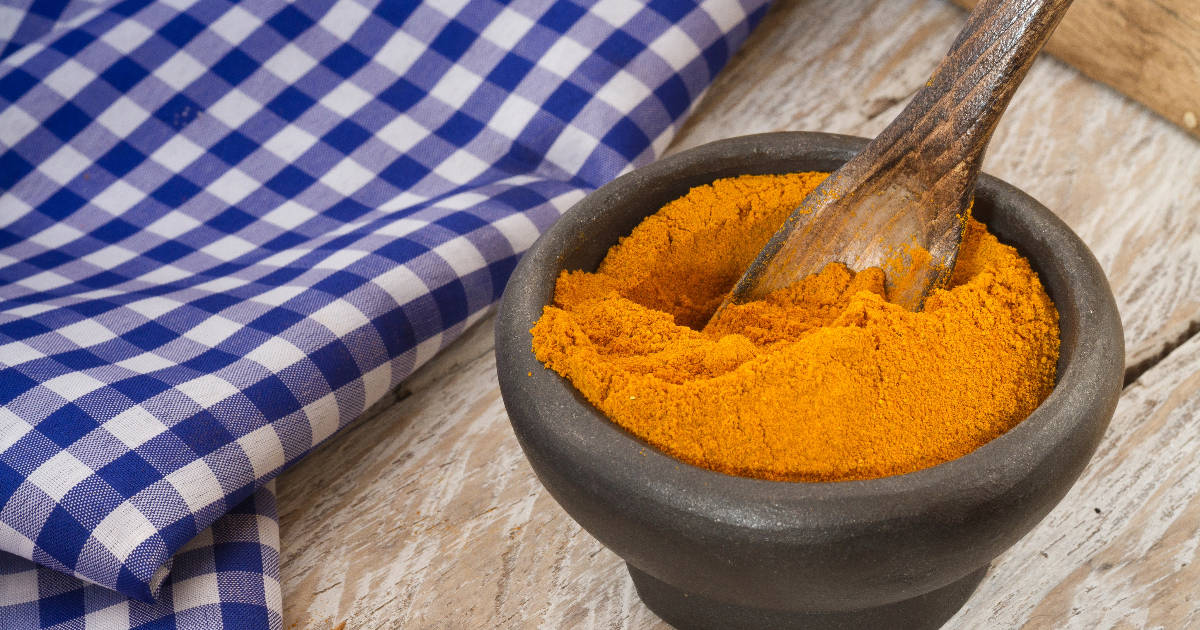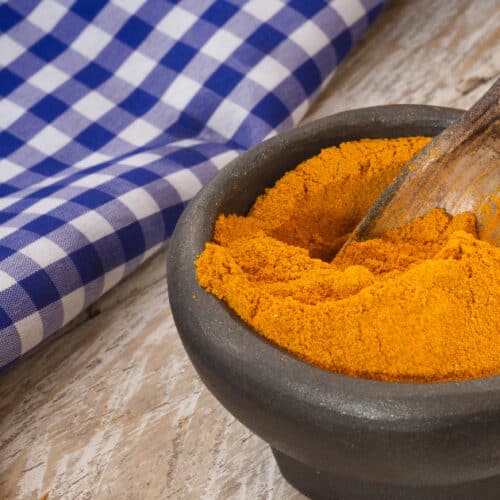Pumpkin powder is a versatile ingredient that can be used to add flavor, nutrients, and color to a variety of dishes. It's made by dehydrating fresh or canned pumpkin and then grinding it into a fine powder.

Making your own pumpkin powder at home is simple, economical, and allows you to control the ingredients. It can also save storage space compared to cans of pumpkin puree.
Choosing the Best Pumpkins for Powder
When making pumpkin powder, you want to select pumpkin varieties that are flavorful, sweet, and have firm, dense flesh. The best types of pumpkins to use are:
- Sugar pumpkins - These small, round pumpkins are specially grown for cooking. They have very sweet, bright orange flesh perfect for powder.
- Cheese pumpkins - Small, flat, saucer-shaped pumpkins with fine-grained flesh. They have a sweet and creamy flavor.
- Pie pumpkins - Varieties specifically grown for making pies. They tend to be smaller, sweeter, and less watery.
Some other edible pumpkin varieties like warty pumpkins can also work. Avoid carving/Halloween pumpkins - they tend to be larger with stringier and more watery flesh that isn't great for powder.
You can use other winter squash like butternut squash using the same methods. Avoid ornamental gourds which may not be edible.
Key Takeaway: Go for smaller "pie" pumpkins rather than larger carving pumpkins for better texture and sweeter flavor in your powder.
Preparing and Cooking the Pumpkins
Follow these simple steps for prepping pumpkins before dehydrating:
- Rinse pumpkins thoroughly under cold water and scrub off any dirt. Dry with a towel.
- Carefully cut the pumpkin in half using a large, sharp knife. Slice from the stem down vertically to the base on both sides.
- Scoop out all the seeds and stringy pulp with a spoon. Reserve the seeds if you want to roast them.
- Place the pumpkin halves cut side down on a parchment lined baking sheets with a bit of water in the bottom.
- Bake at 375°F for 45-60 minutes, until fork tender. The baking helps concentrate the flavors.
Once baked, allow to cool until safe to handle. Then scoop out the softened pumpkin flesh from the skin and puree it smooth in a blender or food processor.
Now you have fresh pumpkin puree ready for dehydrating!
If working with canned pumpkin puree instead, simply open the can and spread the contents onto your dehydrator trays. No baking required.
Key Takeaway: Baking first helps remove excess moisture and intensifies the pumpkin flavor before dehydrating.
Dehydrating the Pumpkin Puree
Follow these steps to dehydrate pumpkin puree, whether homemade or canned:
- Line dehydrator trays with non-stick sheets or parchment paper. This prevents sticking.
- Spread a 1⁄4 to 1⁄2 inch thick layer of puree evenly onto trays. The thinner the better for fast drying.
- Dehydrate at 125°F for 8-14 hours. Temperature and time can vary based on machine and humidity.
- Halfway through, flip the pumpkin leather over. Peel it from the sheets once dried out enough that it isn't sticky. This helps it dry evenly.
- It's fully dehydrated when crackly and brittle throughout. Goes from orange to darker amber color when done.
- Once cool enough to handle, break the dried pumpkin sheets into smaller chunks to process into powder.
Tips:
- Butternut squash can also be dehydrated using the same process as pumpkin.
- Add spices into the puree for flavored powder like cinnamon or curry powder.
- Can dehydrate shredded raw pumpkin but may require more time to dry fully.
Key Takeaway: Keeping the puree layers thin and flipping halfway helps remove moisture efficiently for dehydration.
Making Pumpkin Powder

Pumpkin Powder Recipe
Ingredients
- Dehydrated Pumpkin
Instructions
- Work in small batches for ease of grinding. Too much volume makes it harder to pulverize.
- Place chunks in a dry blender, food processor, or coffee/spice grinder. Blend into a fine powder.
- Sift through a mesh strainer to remove any coarse bits then regrind if needed.
- Arrange powder in a thin layer on a baking sheet and "bake" in an oven with just the pilot light on for 10-15 minutes (or use already warm oven) to release any residual moisture. This helps prevent clumping. Let cool completely before transferring to a storage container.
- Your homemade pumpkin powder is now ready! Much cheaper than store bought brands and without any added junk.
Storing Pumpkin Powder
Properly stored in an airtight container in a cool, dark place, pumpkin powder will last 6 months to a year.
To help extend shelf life:
- Store in jars or mylar bags
- Add a desiccant pack to absorb excess moisture
- Use a vacuum sealer to remove oxygen
For longer storage of 2+ years, consider freezing pumpkin powder. Place measured amounts meant for single use in freezer bags.
Signs your pumpkin powder has gone bad - odd smell, visible moisture, or any mold growth. Discard at the first signs. Don't take chances with home dehydrated foods.
Rehydrating Pumpkin Powder
Dehydrated pumpkin powder makes a convenient substitute anywhere canned pumpkin puree is used.
To reconstitute into pumpkin puree:
- Use a 4:1 ratio = for every 1 cup water, use 1/4 cup powder.
- Pour the hot water over powder and let sit 20-30 minutes to absorb moisture and soften.
- Stir well before using to fully incorporate. Add more water if too thick.
The finer the powder particles, the faster full rehydration will occur. Spice grinders make very fine powder.
You now can enjoy all the convenience of canned pumpkin without the cans! It also stores at a fraction of the space.
Using Pumpkin Powder
Some creative ways to use your pumpkin powder:
- Rehydrate into pumpkin pie filling
- Mix into pancake or muffin batter
- Make homemade pasta sauce richer
- Use in place of cornstarch to thicken soups and stews
- Add to smoothies for fiber and nutrients
- Sprinkle on oatmeal or yogurt
- Make golden milk by blending into warm milk
- Mix with cinnamon and nutmeg for pumpkin spice shakes or lattes
- Add to bread dough for flavor and color
- Use in dog treats for digestive health
And much more! Get creative with adding this versatile powder to both sweet and savory foods.
Key Takeaway: Pumpkin powder can be easily rehydrated into pumpkin puree or used dry to add nutrients, fiber and bright color to recipes.
FAQs
How long does homemade pumpkin powder last?
Properly stored in an airtight container out of sunlight and heat, it will last 6 months to 1 year before quality degrades. Adding a desiccant pack helps extend shelf life. Can even be frozen for longer term storage.
Does dehydrating pumpkin powder waste a lot of the nutrition?
While there is some loss in certain heat-sensitive vitamins, it retains a significant amount of nutrition like vitamin A, potassium, fiber and more. Much more than canning which destroys more nutrients. It makes nutrients shelf-stable.
What types of pumpkins can I use to make powder?
Best are smaller pie pumpkins meant for cooking rather than large carving pumpkins. Varieties specially grown for flavor and texture like sugar pumpkins, cheese pumpkins or other winter squash.
Can I use pumpkin powder to make pumpkin pies and breads?
Absolutely! One of the best uses is rehydrating into pumpkin puree for all your holiday baking. Simply add hot water, let sit briefly and stir into batters and fillings.
Can I use canned pumpkin to make powder?
Yes, canned pumpkin can be dehydrated and powdered using the exact same process as fresh pumpkin puree. Just pour onto trays and dry out completely before grinding.
Conclusion
Dehydrating pumpkin at home into a handy powder is simple and cost effective. Making your own allows control over the quality of ingredients and avoids preservatives found in store-bought brands.
It also saves considerably on storage space compared to cans. Keep bags of pumpkin powder on hand to mix into bread, thicken soups, add to smoothies, and make pumpkin pies no matter what the season. Rehydrate it into puree anytime a recipe calls for it.

